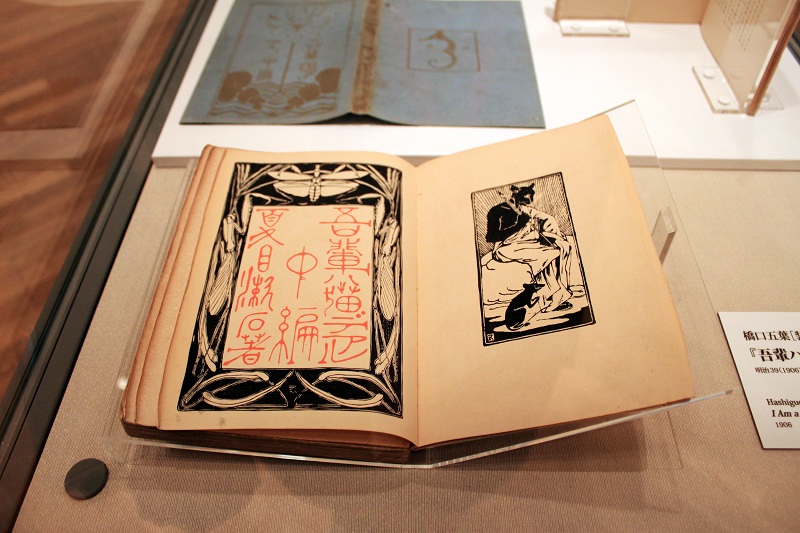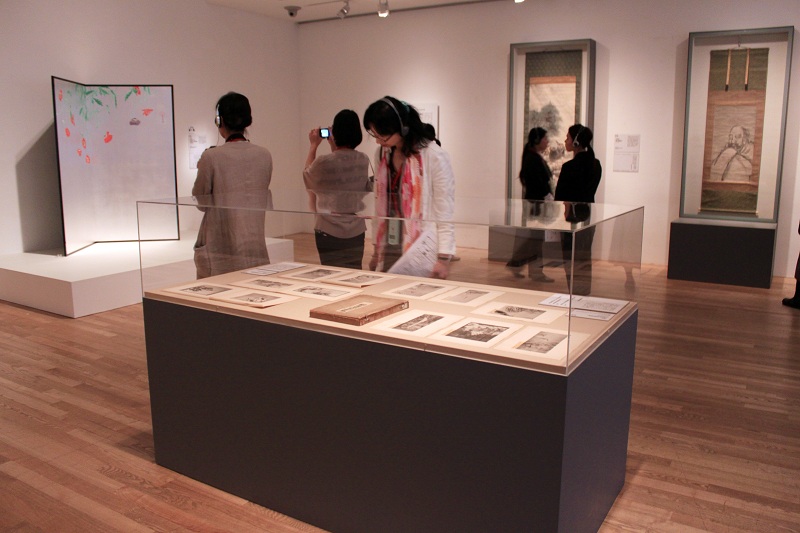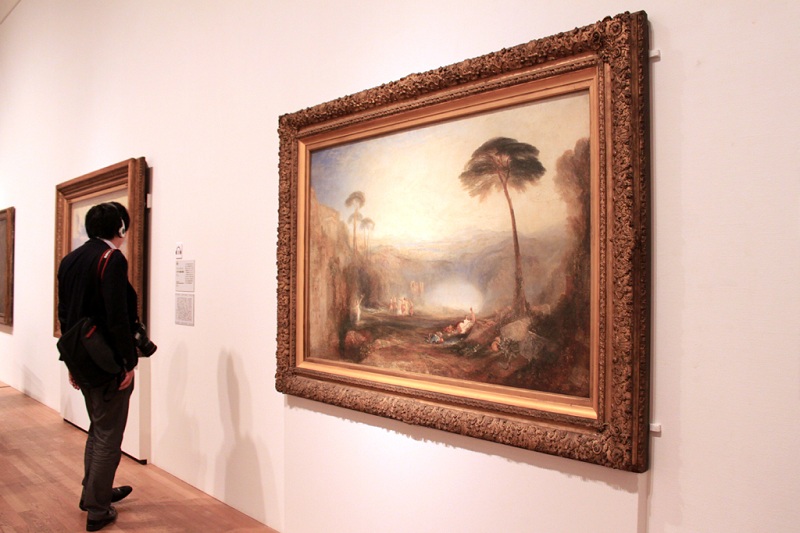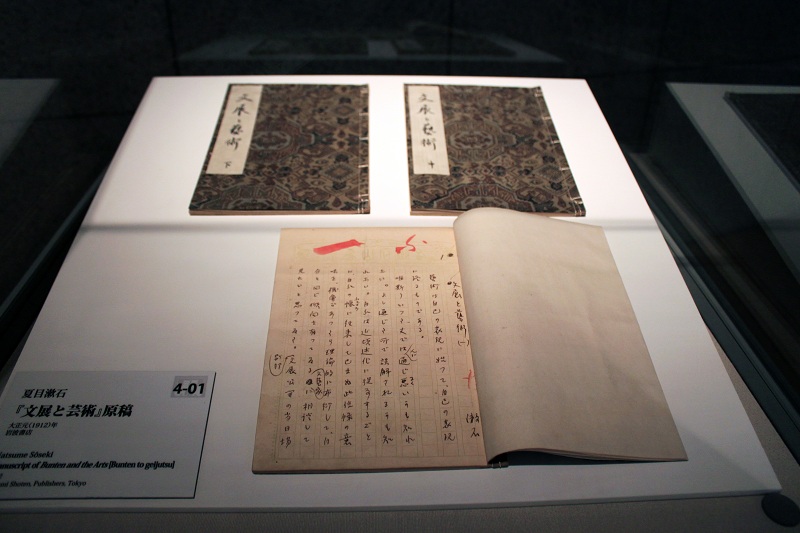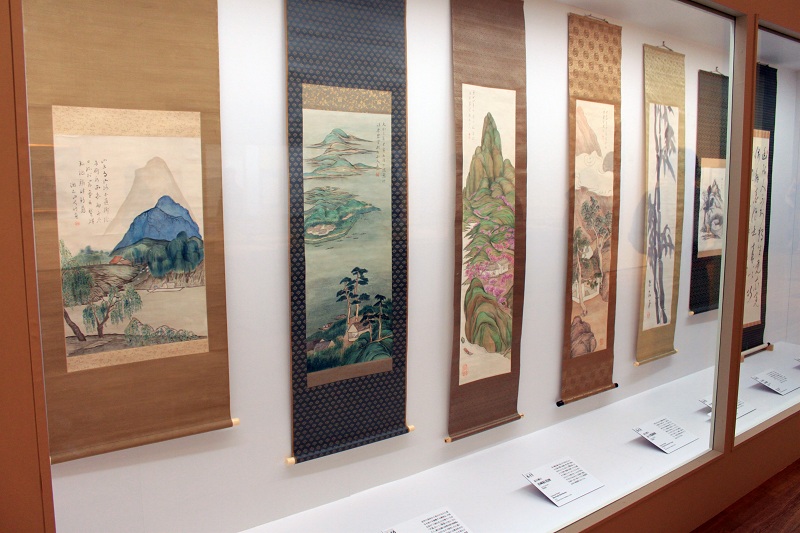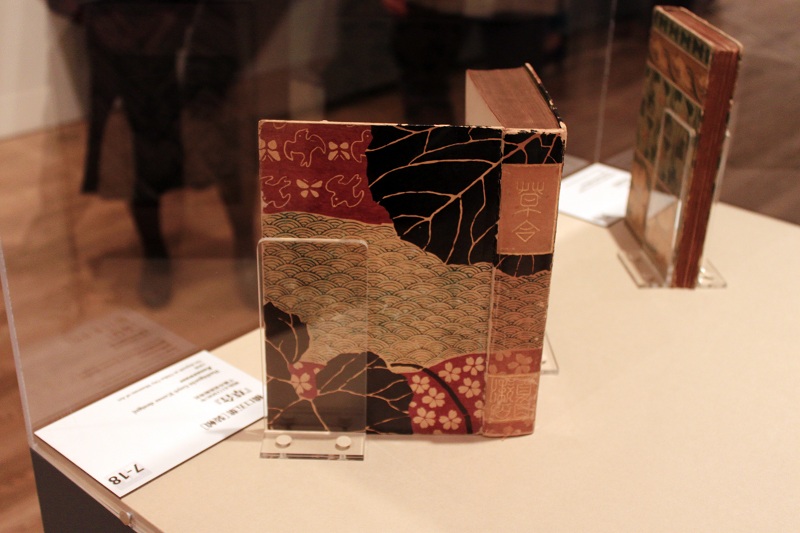Natsume S≈Нseki & Arts: Seeing the World through His Eyes
- Published 2013.5.22
Have you ever read a Natsume S≈Нseki novel, come across a reference to a painting, stopped short and wondered what it looked like? One of the pleasures of reading may be imagining the scene in your mind's eye, but sometimes you wish for a visual supplement вАУ certainly, S≈Нseki's contemporary readers might have wished for one. Think of works such as Three-Cornered World (Kusamakura) or And Then (Sore kara), to which specific paintings and artistic imagery are central to the story. Literary allusions are all very well if one is widely-read enough, but how many of his domestic readers would have been able to view works such as John William Waterhouse's Mermaid and Briton Rivi√®re's The Miracle of the Swine of Gadarene, then hanging in galleries halfway across the world?
Luckily for us, we live in the age of the Internet. Even better, if you're a S≈Нseki reader (or just an art lover!) living in or visiting Tokyo, you can visit the Tokyo University of the Arts' University Art Museum's latest exhibition. Previously held at the Hiroshima Prefectural Art Museum, the Natsume S≈Нseki and Arts exhibition brings together, as far as possible, the range of artworks referenced in his novels and art criticisms and then some. It's the first exhibition of its kind where you can now read the novels through S≈Нseki's eyes.
The seven-part exhibition is eclectic and fascinating. As we walked through we couldn't help but feel that if Natsume S≈Нseki were alive today and kept a tumblr, this would be the collection of his 'likes' and 'reblogs'. Indeed, the exhibition is generally structured according to S≈Нseki's taste in art вАУ the directors note that he showed absolutely no interest in Buddhist arts or Heian period handscrolls, but had a keen love for ink painting as well as Edo period painting in general.
Of particular interest to S≈Нseki readers will be the part three of the exhibition, 'Literary Works and Art', where artworks from Kusamakura, Sanshir≈Н, Mon and Sore kara are displayed вАУ the perfect visual supplement to these novels where the paintings are absolutely central to the storyline. For example, a full appreciation of Kusamakura, in which the protagonist muses at length about the works of Japanese, Chinese and European painters, poets and novelists, can only really be had if one is already familiar with the works in question, as in this passage:
"I turn on my side. Now my eyes take in the painting of cranes by Jakucho that hangs in the alcove. Art being my line of work, I registered this as a superb piece when I first entered the room. Most of Jakuchu's works have a quite delicate coloration, but this crane is executed with a single defiant brushstroke. The featherlight, egg-shaped body poised jauntily on its single leg has a wonderful rightness to it, and the sense of nonchalant ease continues right down to the tip of the beak. Beside the alcove is a single shelf with a cupboard beyond. What is in the cupboard I cannot tell.
I slip into a peaceful sleep, into dream."--- Kusamakura, Chapter 3. Natsume S≈Нseki. Translation by Meredith McKinney.
That description above comes alive when you see It≈Н Jakuchu's Plum Blossoms and Cranes вАУ tis' one thing to read about it, quite another to see the real McCoy in front of you. Such delightful moments of clarity and understanding when you match up the passage in the novel to the painting are not infrequent. Unfortunately, it seems that they weren't able to borrow Millais' Ophelia, which is central to Kusamakura, from the Tate Britain, but they did compromise by putting up a print. Thankfully, there are only two or three instances of prints being displayed in lieu of the actual work throughout the exhibition.
Besides the paintings that appear in his novels, bibliophiles and design lovers will also be enchanted by the gorgeous Art Nouveau-influenced covers designed by Hashiguchi Goy≈Н, as well as the book illustrations of cats. A few of S≈Нseki's own paintings (and his manuscripts!) also make an appearance towards the end of the exhibition. While he was by no stretch of the imagination a highly talented painter вАУ S≈Нseki himself admitted as much вАУ it gives us a rather heartwarming glimpse into a man who wanted desperately to be able to create a painting that would move people's souls.
Though by no means comprehensive вАУ the directors have acknowledged as much вАУ it is an impressive attempt at compiling the artistic fragments of S≈Нseki's life. Readers and art buffs alike will enjoy the exhibition, especially with several hours to spare. While the titles of artworks are displayed in both Japanese and English, the excerpts from the novels that refer to the artwork in question are only displayed in Japanese. For non-Japanese speakers, we highly recommend reacquainting yourselves with your favourite novels вАУ or even bringing them in! вАУ before entering the exhibition.
Natsume S≈Нseki and Arts
The University Art Museum, Tokyo University of the Arts
May 14th вАУ July 7th, 2013
10:00~17:00 (Last entry: 16:30). Closed Mondays.>
Adults: 1500 (1200) yen; senior high school/university students: 1000 (700) yen; junior high school student/younger: free
Recommended links:
Book Review: Theory of Literature and Other Critical Writings, Natsume S≈Нseki
A complete list of literary and artistic allusions in Kusamakura

